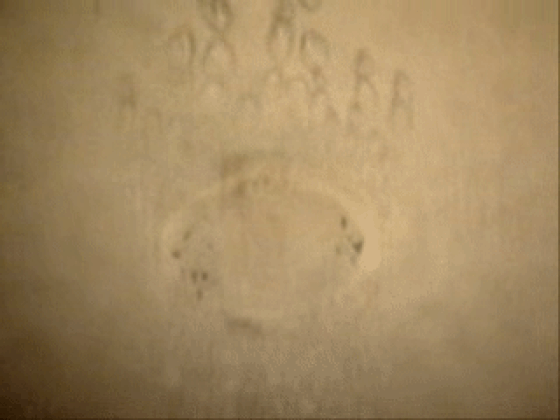 Fretting of a Point Contact (Partial Slip)
Fretting of a Point Contact (Partial Slip)
Fretting refers to small oscillatory displacements, of machine components for example, that cause surface damage such as wear, fatigue, corrosion etc. Actually, fretting wear is defined as “a special wear process that occurs at the contact area between two materials under load while subjected to minute relative motion by vibration or some other force”. It can cause severe localized wear or initiate fatigue cracks on the surface or subsurface of the materials. Fretting motion can be observed in any engineering machinery where vibration is present such as gears, bearings, dovetail joints, seals, spindles, bolts, pins etc. The magnitude of the motion is often in the order of micrometers but can range from nanometers to a few millimeters. A major difference between fretting wear and other types of wear is that a substantial amount of wear debris is retained in the contact zone during fretting.
Fretting wear is classified into several types including stick, mixed stick/slip and gross slip regimes. Many factors influence the fretting wear rate, e.g. the normal load, sliding distance, geometry of the bodies, frequency, surface roughness, material properties, lubrication status, environmental conditions and temperature.
 Fretting of a Point Contact (Partial Slip)
Fretting of a Point Contact (Partial Slip)
 Fretting of a Point Contact (Gross Slip)
Fretting of a Point Contact (Gross Slip)
Wear debris is generated during unlubricated and boundary or mixed lubricated contacts under combined normal and tangential loads. There are several mechanisms of debris generation based on the geometry and material of the bodies in contact, surface roughness and external loads. Wear debris are part of the initially unworn bodies in contact and detach from them as a result of localized stresses at the contact. Some common surface damages that lead to generation of wear debris are micro-cutting, plastic deformation, surface fatigue, spalling etc. The wear process with debris generation can be categorized into three stages.
In industrial setting fretting frequently occurs under high temperature conditions. Turbine engines present one of the most severe environments faced by modern engineering and are a common source of fretting failures. Engine components must resist oxidation, corrosion, erosion, and high pressure at the elevated temperatures. Electrical contacts are another source of high temperature fretting problems where thermal cycling combines with other vibrations to reduce component life. In some cases the fretting motion is due to repeated thermal expansion. Nuclear fuel rods and tubes in steam generators are also subject to high temperature fretting failures.
Various surface characteristics can influence material failure. Several parameters are used to completely define a surface, the most important of them being roughness average, root mean square (RMS) of roughness, skewness and kurtosis. When two rough surfaces are brought together, the contact occurs between multiple asperities, which leads to a real area of contact being only a fraction of the apparent area. This phenomenon has been extensively investigated experimentally and numerically to evaluate its effect on the fretting wear process.
Lubrication is one of the most widely recognized methods of improving the efficiency, performance, and lifetime of mechanical components by reducing friction between two sliding surfaces. Dry solid lubricants have proven to be a vital option for high-load, high-speed, and extreme environmental conditions. Various types of solid lubricants such as molybdenum disulfide (MoS2), boron nitride (BN), polytetrafluoroethylene (PTFE), graphene-based, etc. have been studied and their performance for room and high temperature applications in wear are evaluated.
MECHANICAL ENGINEERING TRIBOLOGY LABORATORY
Purdue University, West Lafayette, IN 47907 USA, (765) 494-4600